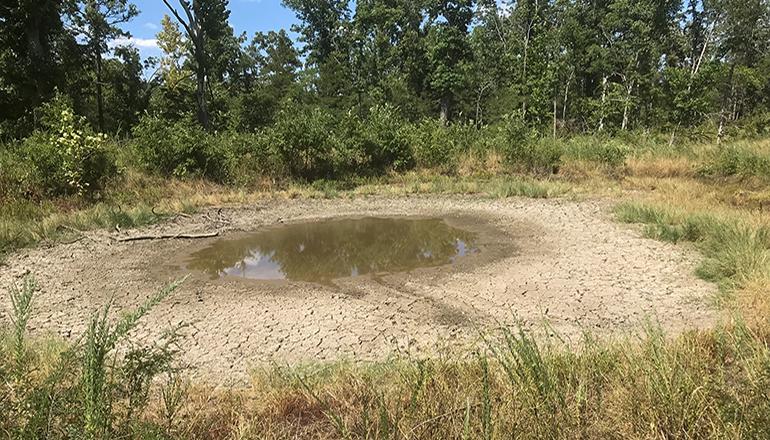The majority of Missouri is currently facing drought conditions that have persisted for nearly a year, creating significant challenges for cattle producers. To address this issue, University of Missouri Extension specialists have outlined five crucial action items for producers to undertake immediately.
Firstly, producers are advised to cull their herds. Potential candidates for culling include open females, cattle with health problems and unfavorable dispositions, as well as females, bred outside of preferred calving windows. Early weaning of calves can provide greater flexibility, and if water and feed costs outweigh the benefits of weight gain, selling them may be necessary.
Secondly, producers should explore alternative feeds. Monitoring the costs of byproduct feed and comparing them to purchased hay and other feed options is recommended. It is important to note that energy content is typically more limited than protein content.
Thirdly, the toxicity of alternative feedstuffs should be checked. Utilizing drought-stunted or stressed crops, summer annual forages, grazing areas, and purchased hay of marginal quality can expose cattle to toxic forages. Producers are urged to assess the risks and consult with a veterinarian to ensure the safety of their animals.
Next, producers are encouraged to prepare for the fall by developing a comprehensive forage plan. Pasture inventories should be taken, and potential options for the fall should be considered based on their current condition. Overseeding winter annuals, applying nitrogen fertilizer, and initiating pasture renovation are suggested. Producers are also advised to be ready to commence these activities as early as August. For additional guidance, interested individuals may consider attending the Missouri Grazing School, a program offered by MU Extension and the USDA Natural Resources Conservation Service.
Lastly, producers should aim to maximize their current feed supplies. Implementing improved grazing management techniques and reducing hay waste are vital strategies. Sorting cows based on nursing and non-nursing status and feeding them accordingly to meet their specific nutrient requirements can be highly beneficial.
Producers seeking further information and assistance are encouraged to reach out to their local MU Extension forage and livestock specialists.
For additional details, the following sources and contacts can be referenced:
- Eric Bailey, State Livestock Specialist – [email protected]
- Wesley Tucker, Agriculture Business Specialist – [email protected]
- Tim Schnakenberg, Agronomy Field Specialist – [email protected]
- Tim Evans, State Specialist in Veterinary Toxicology – [email protected]
- Craig Roberts, State Forage Specialist – [email protected]
- Jim Humphrey, Field Specialist in Livestock – [email protected]
- Charles Ellis, Agriculture Systems Technology Specialist – [email protected]


